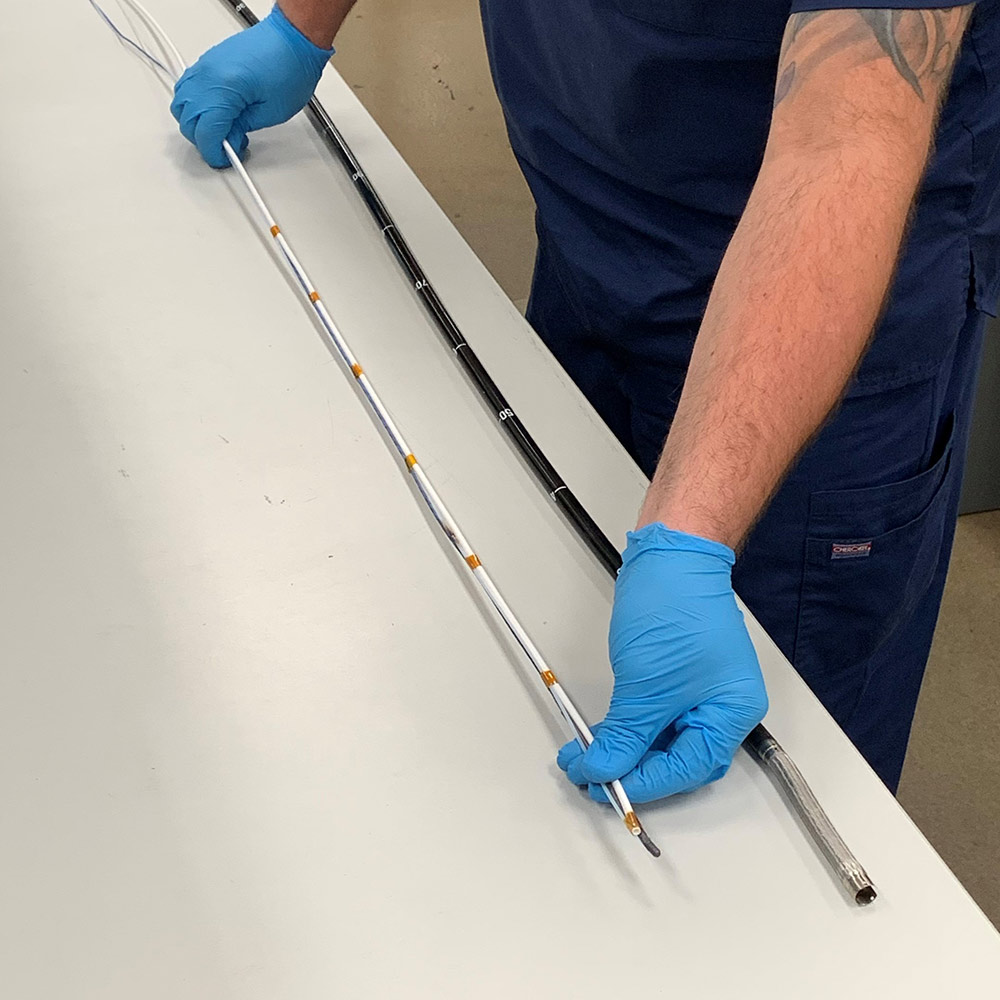The endoscope insertion tube is an essential component in medical equipment used for minimally invasive procedures. This tube plays a crucial role in guiding the camera and light source into the body, allowing medical professionals to diagnose and treat patients without the need for extensive surgery. In this article, we will delve into the significance, design, functions, and applications of the endoscope insertion tube, providing insights into how this device improves medical outcomes.
What is an Endoscope Insertion Tube?
An endoscope insertion tube is a flexible, elongated component of an endoscope, which is a medical instrument used for viewing the internal structures of a patient’s body. The tube houses various important elements such as the light source, camera, and channels for various tools. The primary function of the insertion tube is to provide a pathway for these elements to enter the body during procedures such as endoscopy, colonoscopy, and laparoscopy.
The design of the endoscope insertion tube is critical for ensuring it can navigate through the body’s complex anatomy. It must be flexible yet durable enough to withstand repeated use and harsh conditions inside the body.
Key Features of Endoscope Insertion Tubes
Flexibility and Durability
The flexibility of the insertion tube allows it to bend and maneuver around tight corners within the body. This is particularly important during diagnostic procedures where the doctor needs to view different organs or systems without causing unnecessary trauma to the patient. The material used in the construction of these tubes is usually a combination of metals, plastics, and sometimes rubber, making them durable and resistant to wear and tear.
Light and Camera Integration
One of the most significant features of the endoscope insertion tube is the integration of a light source and a camera. These elements are placed at the tip of the tube, allowing the doctor to view real-time images of the area being examined. The light source illuminates the dark internal environment, while the camera transmits images back to a monitor for detailed visualization.
Versatility in Medical Procedures
Endoscope insertion tubes are not limited to a single medical application. They are used in a wide variety of procedures, including gastrointestinal (GI) examinations, respiratory tract assessments, and even in surgeries like arthroscopy. Their versatility makes them invaluable tools in modern medicine.
How Does an Endoscope Insertion Tube Work?
The endoscope insertion tube operates by allowing medical professionals to insert the endoscope into the body through a small incision or natural opening, such as the mouth or anus. Once the tube is inserted, the camera at the tip sends images to a monitor, where doctors can view the internal organs. The flexibility of the insertion tube makes it possible to navigate even the most complex pathways inside the body.
In addition to imaging, the tube also facilitates other medical instruments for biopsies, tissue removal, and other procedures. The insertion tube provides space for these tools, allowing doctors to perform various treatments without the need for larger, more invasive incisions.
Applications of Endoscope Insertion Tubes
Endoscope insertion tubes are widely used in various branches of medicine. Below are some of the common applications:
Gastrointestinal Examinations
Endoscope insertion tubes are often used for gastrointestinal procedures such as colonoscopies and upper endoscopies. They allow doctors to examine the digestive tract, identify issues like ulcers or tumors, and even take biopsies for further analysis.
Respiratory Procedures
In respiratory medicine, endoscopes with insertion tubes are used for bronchoscopy. This procedure helps doctors inspect the airways and lungs, detect conditions such as cancer or infections, and take tissue samples for diagnosis.
Urological Procedures
Endoscope insertion tubes are also used in urology for procedures like cystoscopy. Through this, doctors can examine the bladder, urethra, and other parts of the urinary tract, diagnose conditions such as infections or tumors, and perform treatments when necessary.
Orthopedic Surgeries
In orthopedic procedures such as arthroscopy, endoscope insertion tubes are used to examine joints. The flexible nature of the tube allows surgeons to inspect the joint space, identify damage or disease, and even perform surgeries such as tissue removal or repairs without making large incisions.
The Design and Development of Endoscope Insertion Tubes
The development of endoscope insertion tubes has advanced significantly over the years. Modern tubes are designed with user comfort and precision in mind, ensuring that they provide clear imaging while being as minimally invasive as possible. High-definition cameras, integrated lighting, and advanced materials make these tubes more effective in various medical environments.
Manufacturers continuously work on improving the materials used in these tubes. The most recent advances include using flexible, lightweight materials that offer more maneuverability, as well as the introduction of smaller and more compact models that reduce patient discomfort during procedures.
A key feature in modern endoscope design is the bending section, which allows the insertion tube to navigate through curves and tight spaces within the body. This section is typically made from flexible materials like bending rubber and incorporates coil springs or cables to maintain its shape and functionality. The bending section enhances the endoscope’s versatility, enabling it to reach difficult areas while minimizing discomfort for the patient.
Maintenance and Care of Endoscope Insertion Tubes
Proper care and maintenance of endoscope insertion tubes are crucial to ensure their longevity and functionality. After each use, they must be thoroughly cleaned and sterilized to prevent infection or cross-contamination. Maintenance also includes regular checks for any signs of wear and tear, particularly around the flexible regions of the tube.
Cleaning
Cleaning the insertion tube involves removing any biological material and ensuring that all channels are free from blockages. This process typically involves using specialized cleaning solutions and equipment designed for delicate medical instruments.
Inspection
Regular inspections help detect any damage, such as cracks or kinks, which could affect the tube’s ability to function properly. Inspecting the tube after each use ensures that it remains in good condition for future procedures.
FAQs
1. What is the purpose of an endoscope insertion tube?
The endoscope insertion tube provides a flexible pathway for a camera and light source to enter the body during medical procedures, allowing doctors to view internal organs and perform treatments.
2. How is an endoscope insertion tube different from a regular tube?
An endoscope insertion tube is specifically designed to be flexible and to house imaging devices like a camera and light source. This allows it to navigate through the body’s intricate systems and provide real-time visuals.
3. Can endoscope insertion tubes be used for all surgeries?
Endoscope insertion tubes are primarily used for minimally invasive procedures, such as colonoscopies, bronchoscopies, and arthroscopies, but they are not suitable for all types of surgeries.
4. How do doctors clean and maintain endoscope insertion tubes?
Endoscope insertion tubes require thorough cleaning and sterilization after each use, including checking for any damage or wear and tear.
5. Are endoscope insertion tubes reusable?
Yes, most endoscope insertion tubes are reusable, but they must be carefully cleaned and maintained between uses to ensure safety and functionality.
Conclusion
Endoscope insertion tubes are fundamental components in a wide range of medical procedures. Their flexibility, integrated technology, and versatility make them indispensable in modern healthcare. By allowing doctors to perform minimally invasive procedures, these tubes contribute to quicker recovery times, reduced patient discomfort, and improved diagnostic accuracy.
As technology continues to evolve, so too will the design and functionality of endoscope insertion tubes, leading to even better outcomes for patients and healthcare providers alike.










